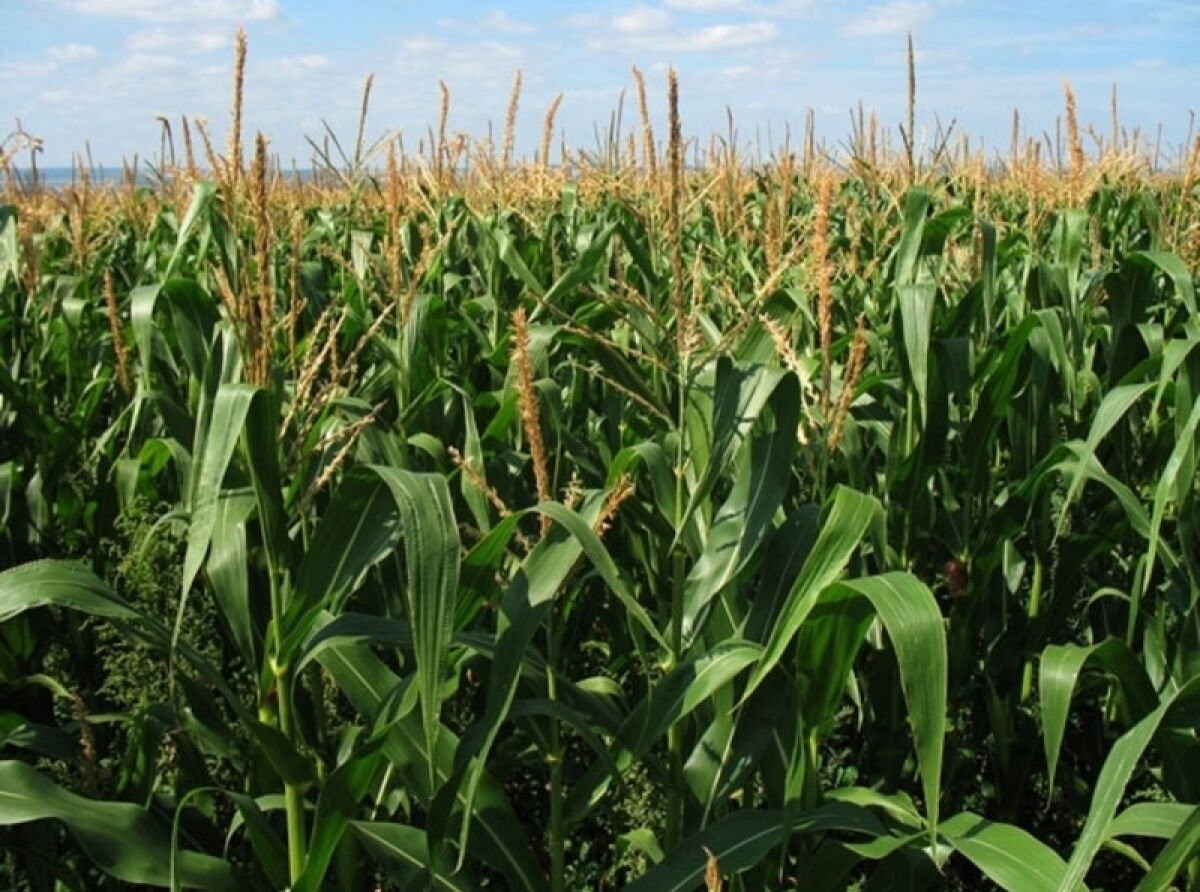With resources of 15 million pesos, producers from 25 municipalities will benefit.
In order to reinforce the cultivation of corn in an environmentally friendly way, the Ministry of Agriculture and Rural Development (SADER Jalisco) increased the incentives for the use of sustainable inputs for this 2021 agricultural cycle. In this third year of the program, funding went from 5 million to 15 million pesos, distributed in 25 municipalities and benefitting 1,500 producers.
Director of Agriculture of the agency, José Refugio Velázquez, specified that the funds will be applied in response to the increase in demand for these materials for the production of a grain that is of great economic and social importance in various regions of the entity, especially that now its international price has skyrocketed.
“The culture of the application of (sustainable) inputs has increased. People did not believe much (regarding sustainable practices,) and that is the main part for us, to be promoting and demonstrating that bacteria do work, that organic foliar applications do work,” stated the official.
He added that once the corresponding rulings were made, he will shortly begin the distribution of the allocation letters to the benefitting farmers and then proceed to distribute the incentives. The amount of the support supposes 2,000 pesos per hectare, with a maximum of up to five hectares per producer.
Doroteo Caro Valderrama, agronomist for the agency, commented that among the inputs used are several fungi and bacteria that farmers have already identified for their benefits of promoting corn growth, such as strengthening the root system of the plant, in addition to using pheromones to counteract some insects.
He cited as examples the fungi Micorrizum and Beauveria bassianaa, of great impact in the prevention and combat of pests.
He added that there is also a producer preference for compost made from organic products, such as worm castings, which bring a much higher price than non-organic.
Additionally, the use of biological inputs can reduce the cost of applying chemical insecticides by up to 60%.
A retrospective analysis of corn production in Jalisco reveals that during the previous 20 years there has been a downward trend in the harvested area of the most important small grain crops. This due to the fact that producers have had to experience price variations of grains, as well as the incidence of climatological events such as drought or excessive rainfall, among other factors.
Jalisco is a leader for corn crops in seasonal cycles. Sinaloa leads in irrigated crops.
According to the Agricultural and Fisheries Information System, the Jalisco municipalities highest in corn production are: Cuquío, Tlajomulco, Zapopan, Zapotlanejo, Ahualulco de Mercado, Ameca, Cocula, Etzatlán, Mascota, San Martín Hidalgo, Teuchitlán, Atotonilco el Alto, Ayotlán, La Barca, Chapala, Degollado, Ixtlahuacán de Los Membrillos, Jamay, Jocotepec, Juanacatlán, Ocotlán, Poncitlán, Tototlán, Tenamaxtlán and Zapotlán del Rey, among others.

